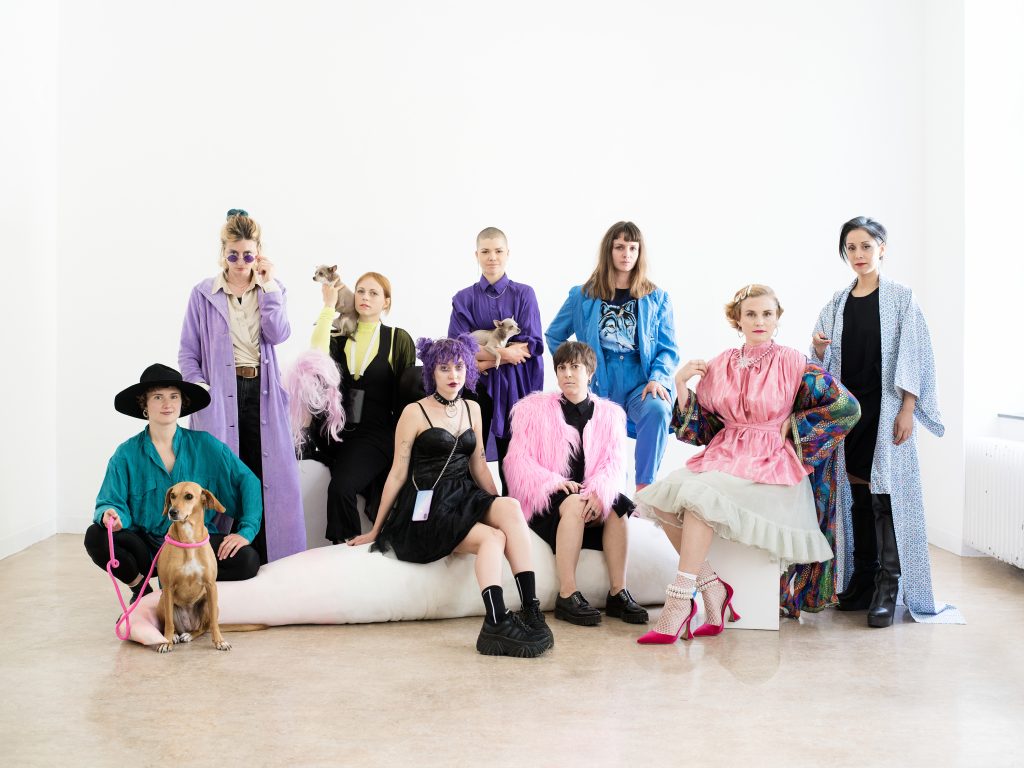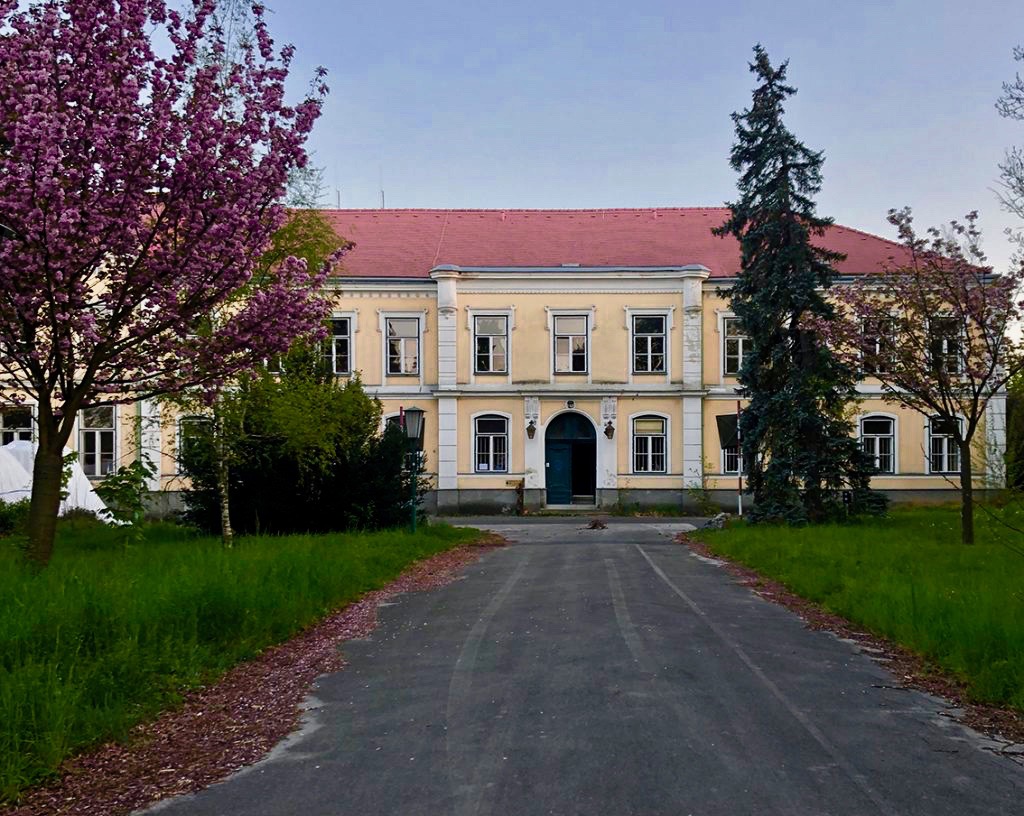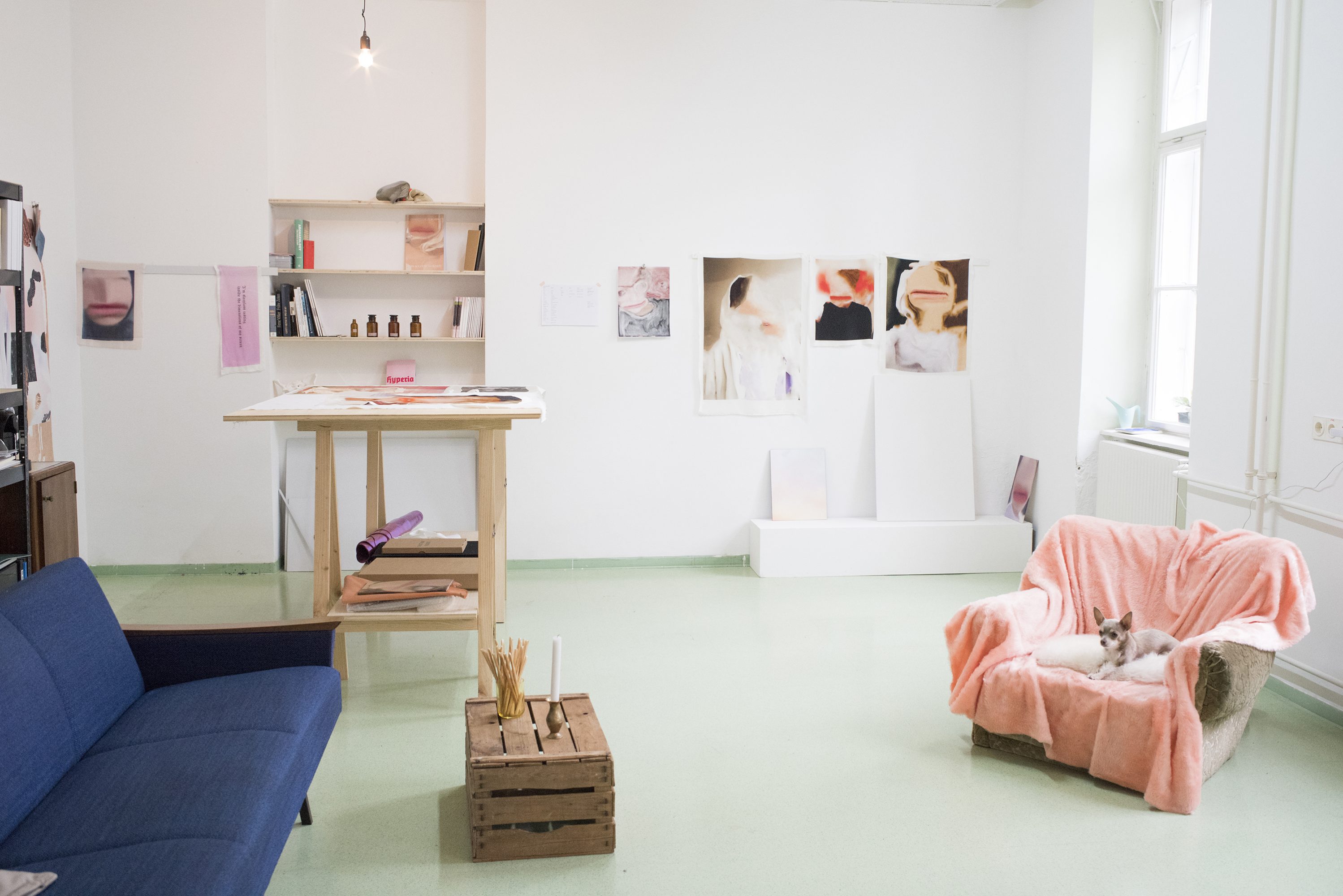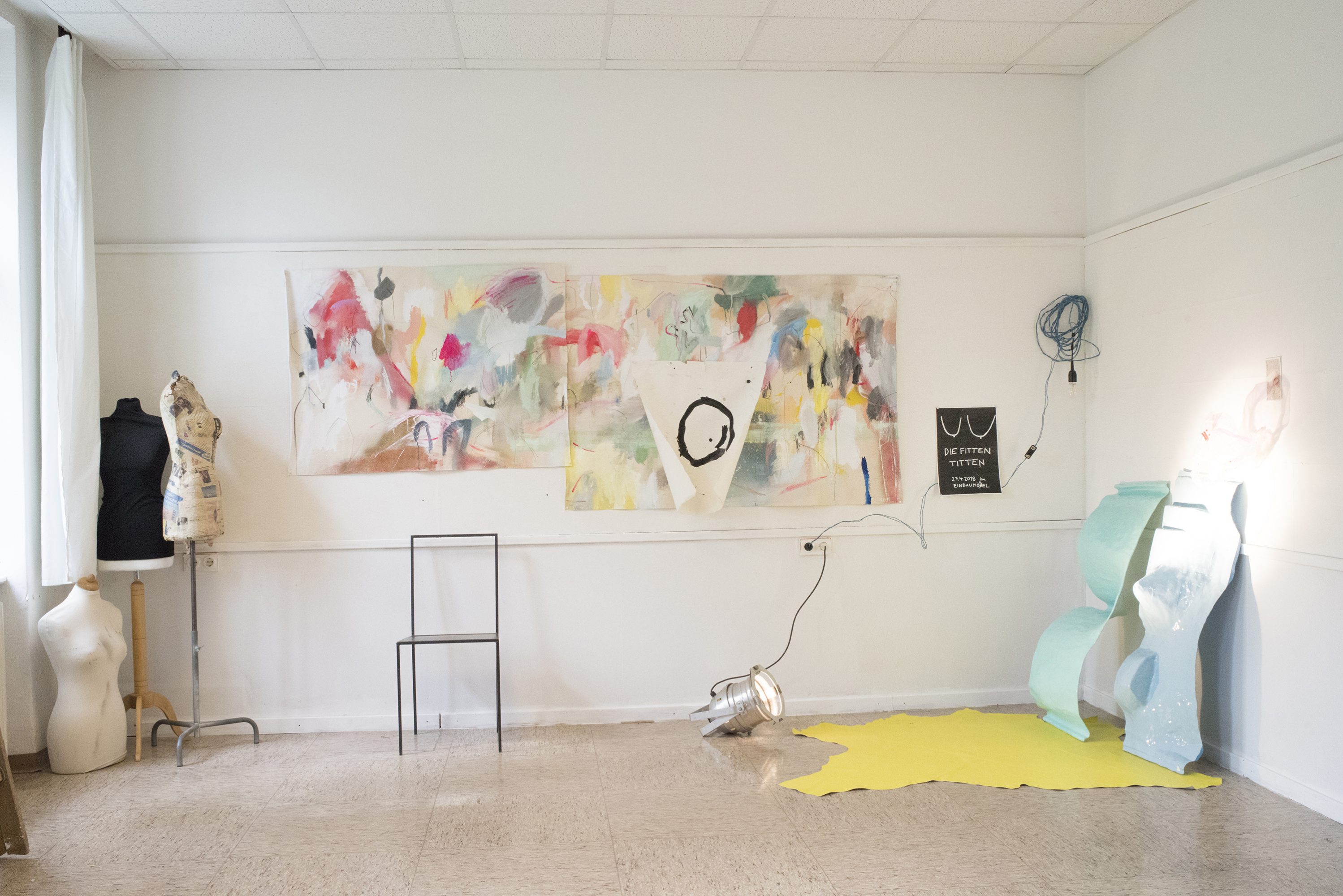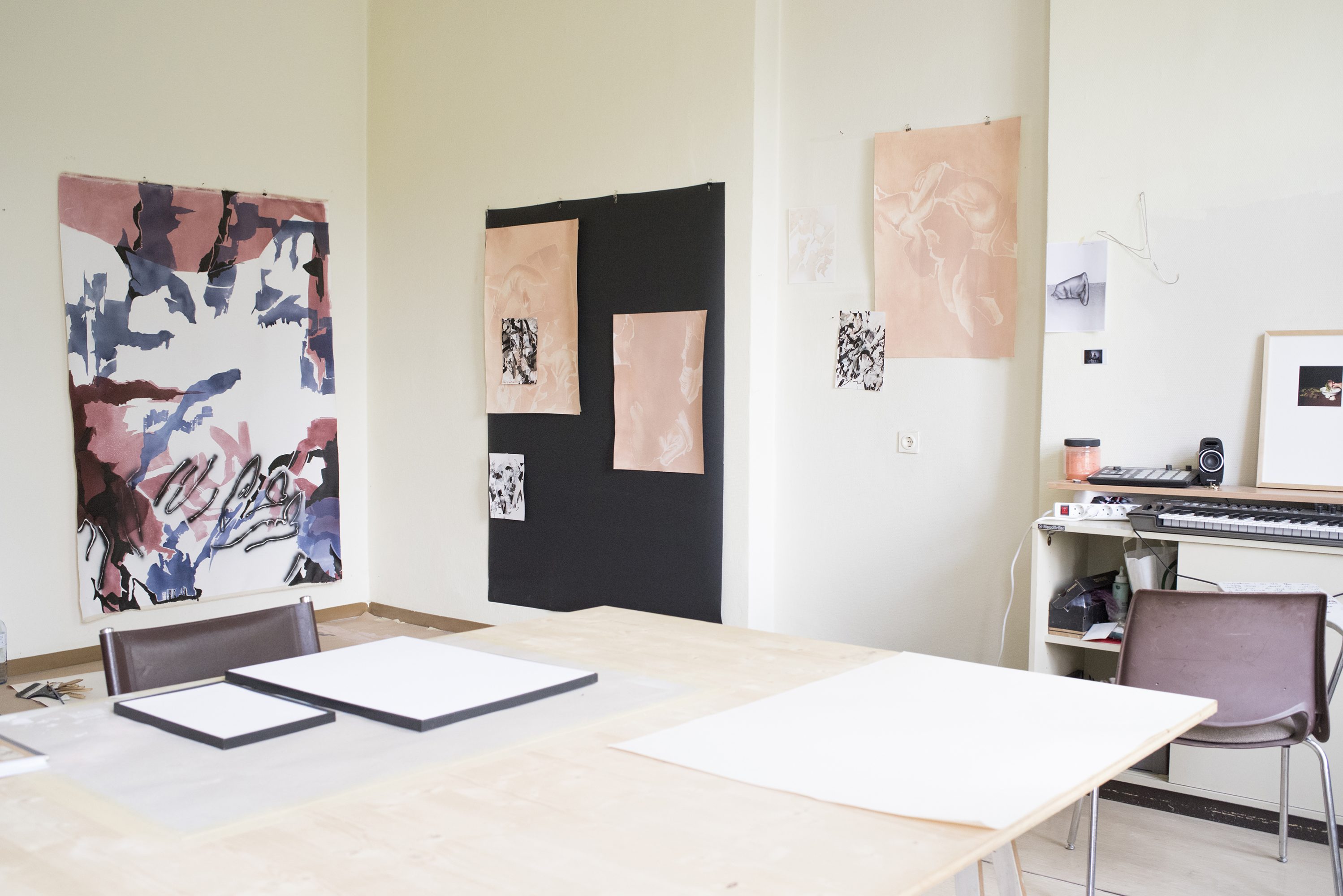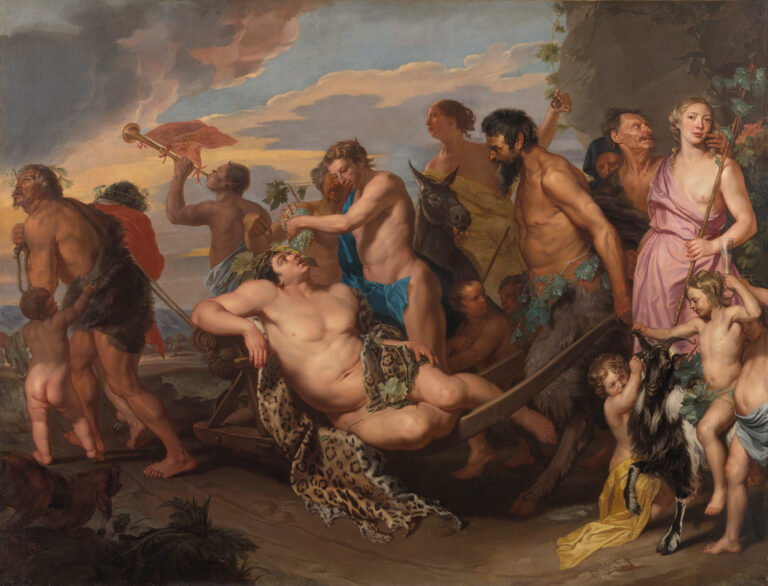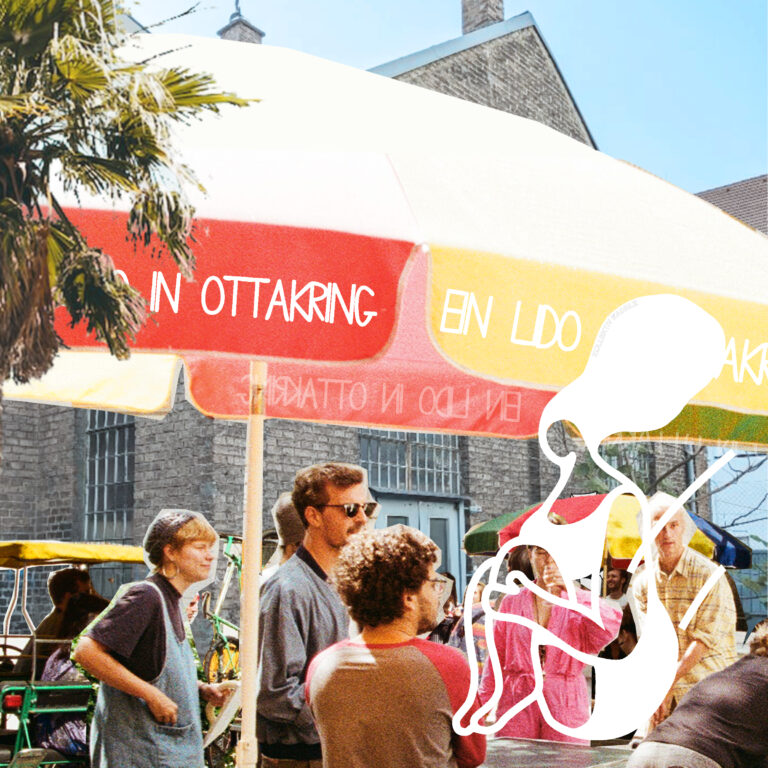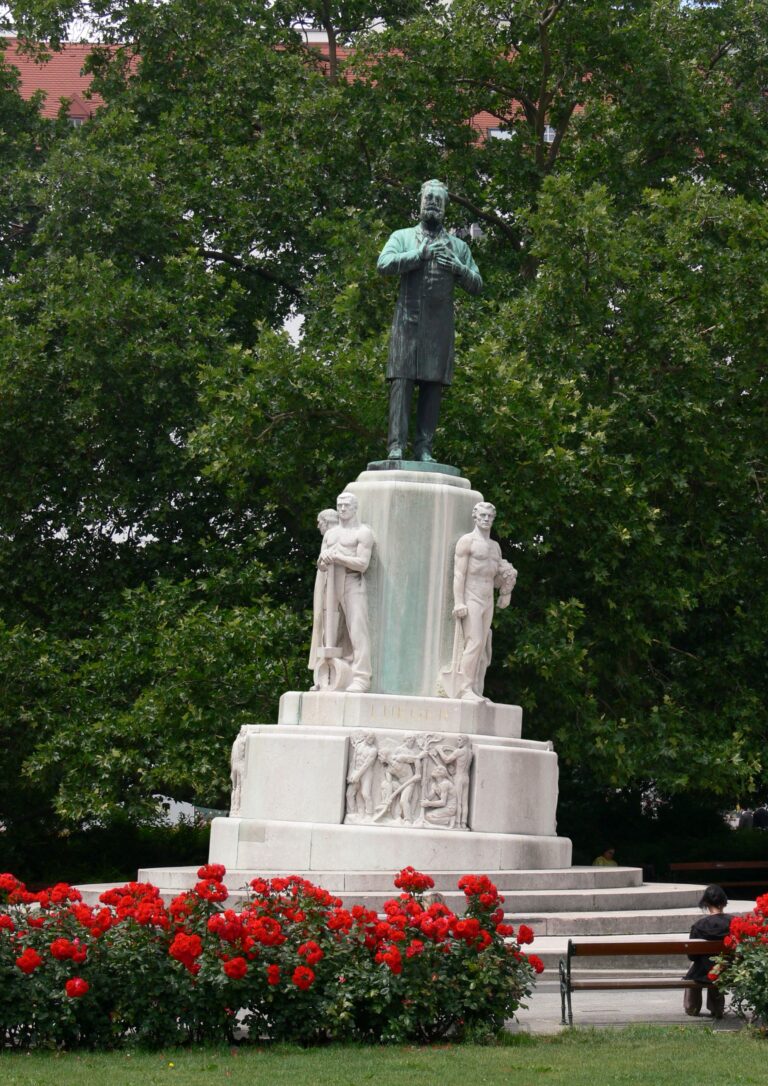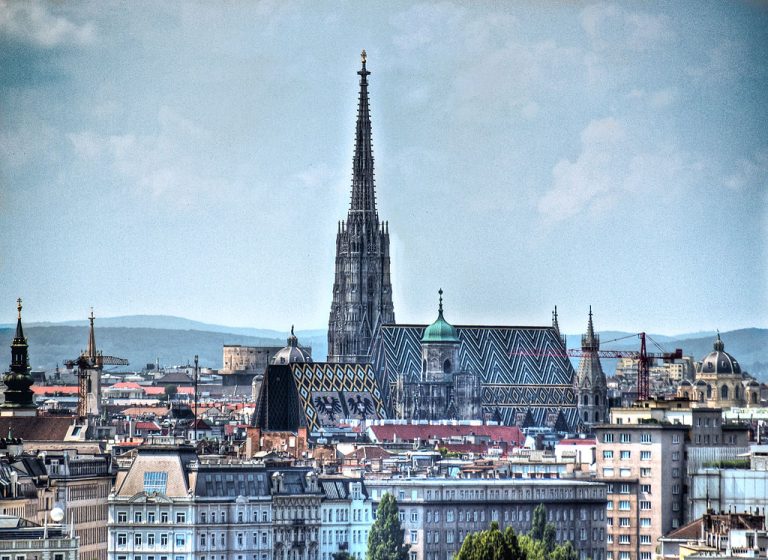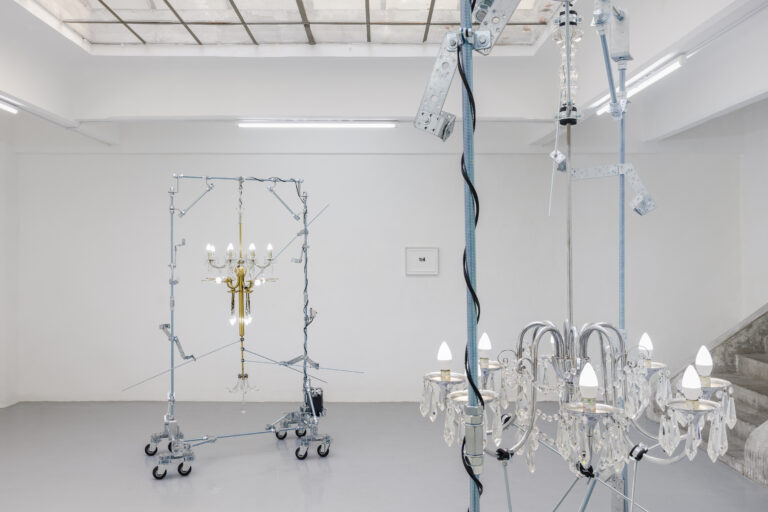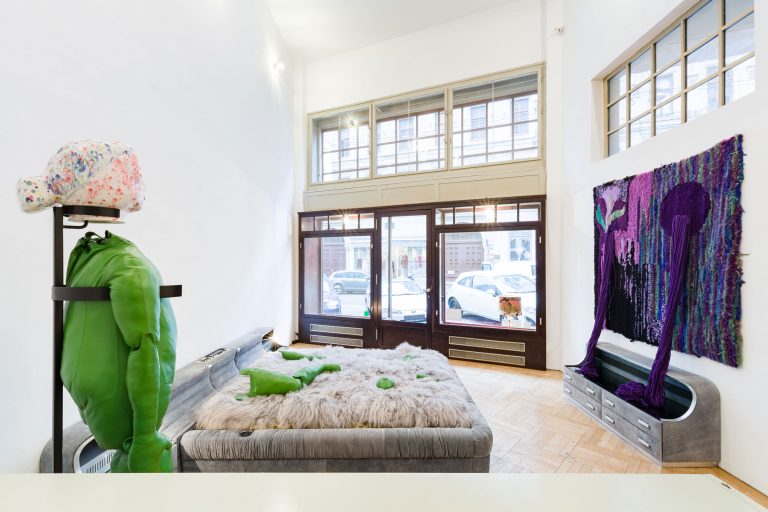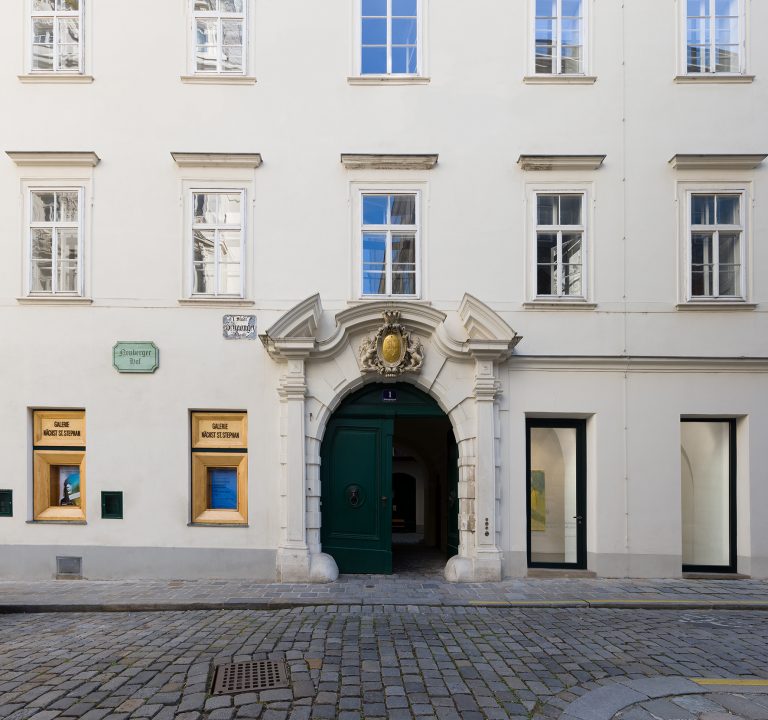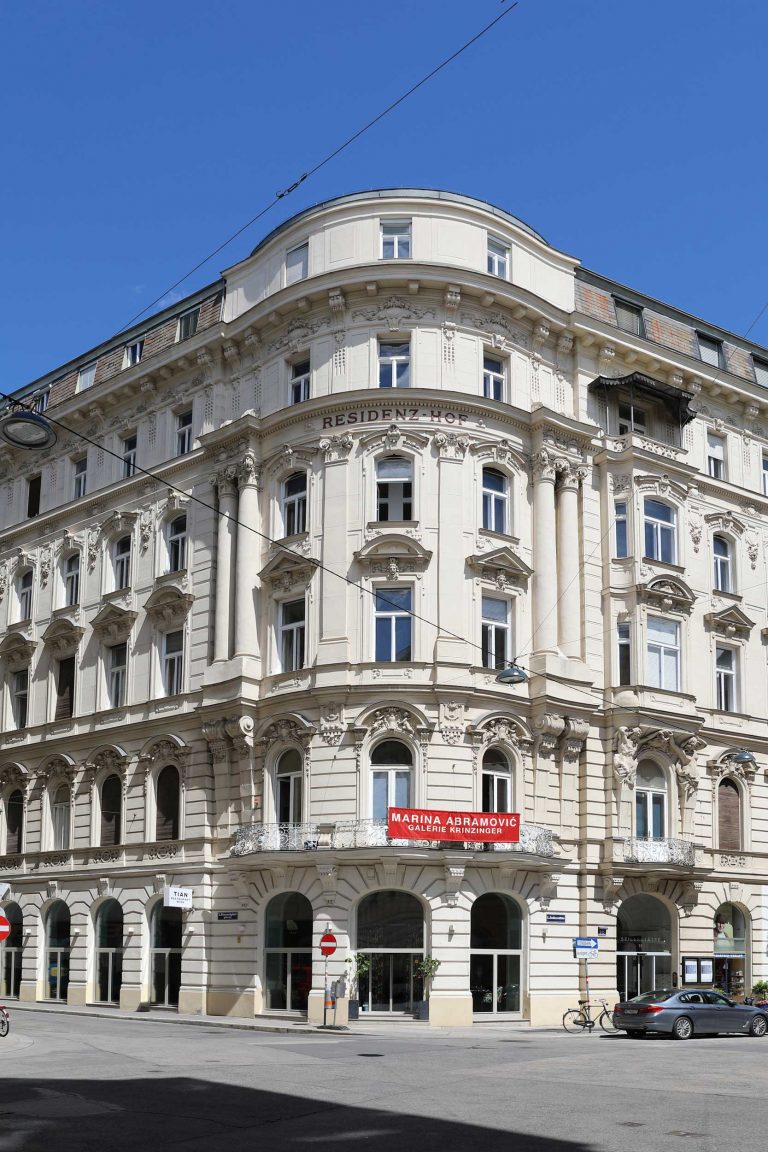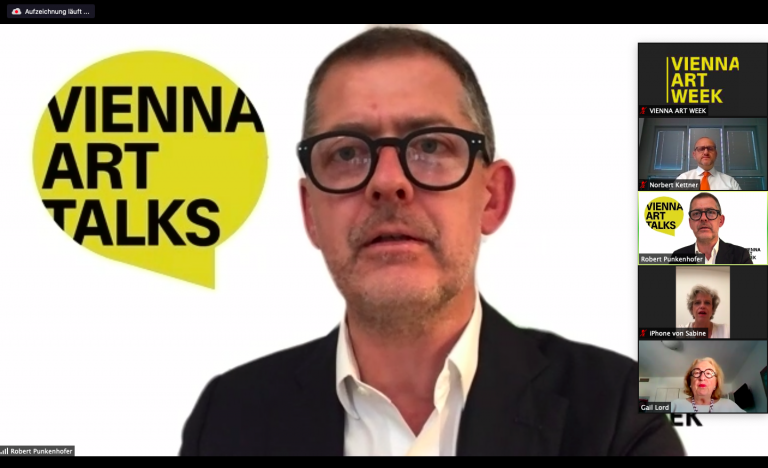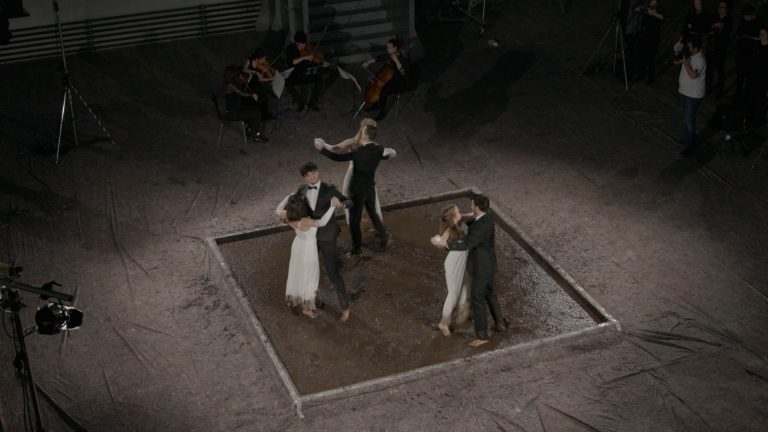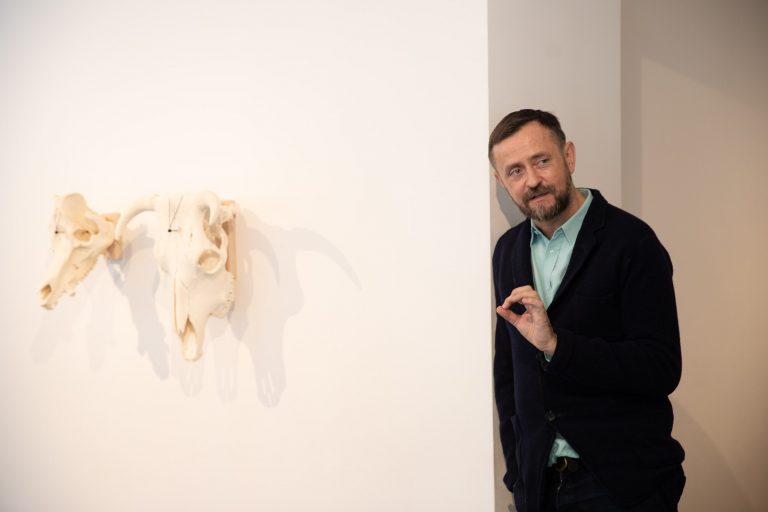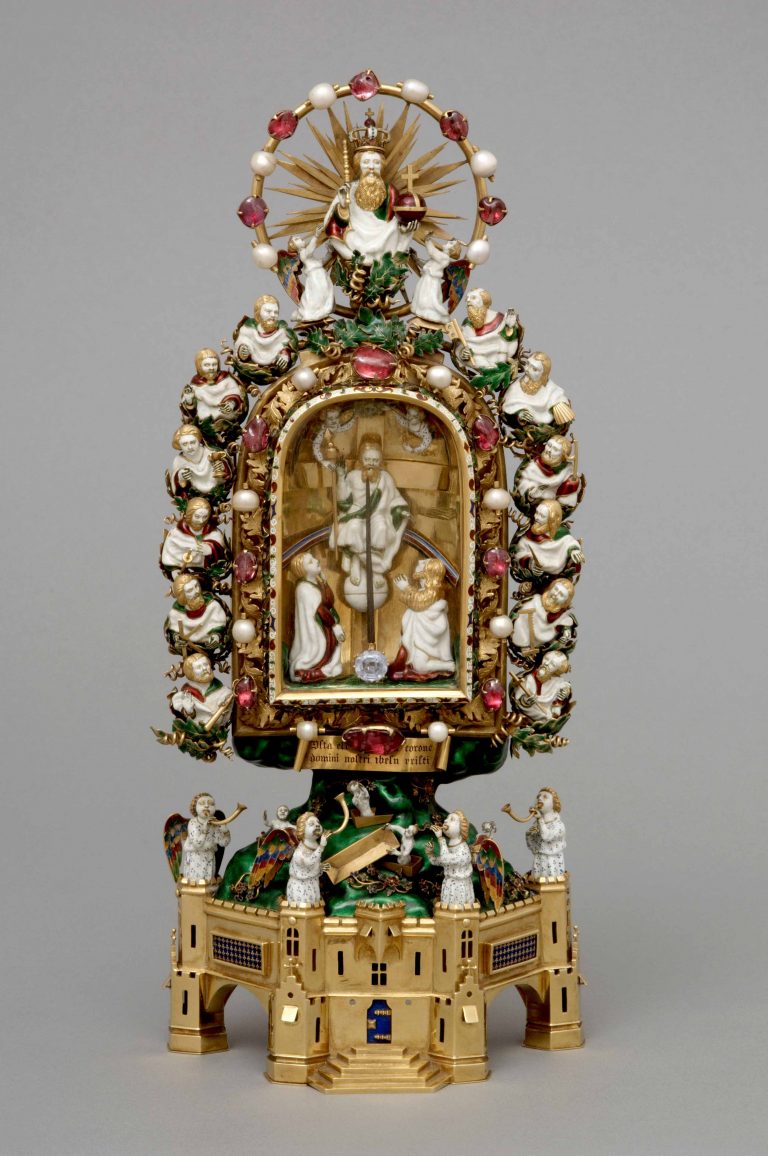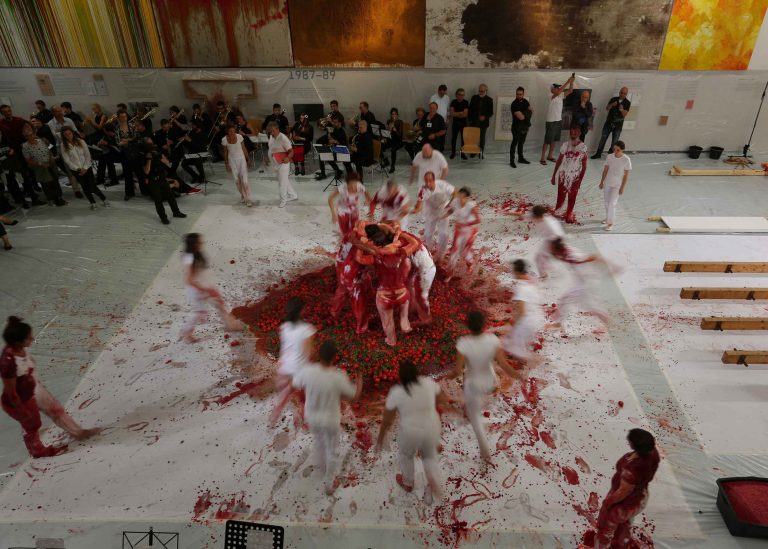An autumnal garden, three children play catch, a tiny dog named Mimi yaps. Schloss25, a former nursing school in the middle of Hietzing, originally a psychiatric institution, is home to 15 female artists and their studios, as well as exhibition rooms, a few common rooms and a lot of unused space. At present, the building is still a house of studios: during the Vienna Art Week’s Open Studio Days, tours will be possible; the exhibition “Queer Anatomy” will show queer-feminist content in the rooms formerly used for medical training. For the artists, it is a small paradise with some shortcomings.
Because the cooperation has an expiration date: at the end of the year the artists have to leave, the fruit trees in the garden have to be cut down, apartment complexes will be built. “It’s a pity, we would have liked to stay here – and the people from the neighborhood liked to come visit the studios, often they bought art directly here – precisely because there is nothing like that in this area.” says Christiane Peschek. She is one of the artists who have worked here and realized exhibitions and projects with fellow artists in the studio house. They all are looking for new accommodation now – preferably together, but that will be difficult, says Peschek.
The Schloss25 artists are not alone in facing this challenge. The concept of working together under one roof, very often as an interim use, is becoming more and more common in buildings where it is not clear how things will continue, where a demolition or conversion permit is still missing, where the ownership structure is not quite clear or where the money is not there to tackle a fundamental renovation. Through their presence, the artists protect the space from wanton destruction, enhance the area – and have to move out if the owner demands it.
One such long-established project is “das weisse haus”: since the ‘Kunstverein’ moved into a Biedermeier demolition house in the Brillantengrund in 2007, with the self-conception of an institution with fixed opening hours, there have already been six different addresses in vacant buildings of varying sizes. Currently, the association is located in Hegelgasse, providing studios for artists living in Vienna, and also offering a residency program. There is always one requirement that unites such projects: there is a need for premises that are made available by the respective landlord – often a real estate company – for a small rent, or even a reimbursement of operating costs, until further notice.
"It's a pity, we would have liked to stay here - and the people from the neighborhood liked to come visit the studios, often they bought art directly here - precisely because there is nothing like that in this area."

Christiane Peschek's studio
Sarah Bechter has found a studio on the premises of Dietzel Univolt in Haidequerstraße. The company produces pipes for electric cables. Since 2013, two empty buildings on the site have housed between 15 and 20 studios. “I really appreciate working in this production facility,” says Bechter. “I have two large windows looking out onto the square, and there’s always something going on, stacker drivers are driving – that was good, especially during Corona, because you noticed people are working, but it’s not so exciting that one would be distracted.” The first artist in the building was Reinhard Hochmair: “He had a friend who worked for the company in facility management, and he knew that thousands of square meters were empty here.” The artists work side by side, joint projects are not intended. The studios are rented out privately by the company, the management takes care of the organizational side. “The owner family is keen to promote art,” says Bechter – Dietzel is paying for the studios as a kind of informal art sponsorship, the artists only pay the operating costs. The advantage of the interim use project for the company is obvious: the house is preserved, the artists take care of the building substance.
With no arbitrary expiration date, the studio house concept has been realized in the federal studios in Wattgasse: Here, the public authorities make a total of 19 studios on two floors available to younger artists. Only electricity and gas are to be paid for by the users; the studios are assigned by a jury of experts for a period of six years. Guided tours of the studios are organized, other joint performances are not planned. Gerhard Straub, who has been leading tours as part of the Open Studio Days for years, is a fan of the house – the advantage is obvious, no matter how the artists use the space, whether they work in a small room or whether they network and join forces to become visible to the outside world: “The Wattgasse is a very good example of what can be achieved when there is political commitment.”
(Magdalena Miedl)
